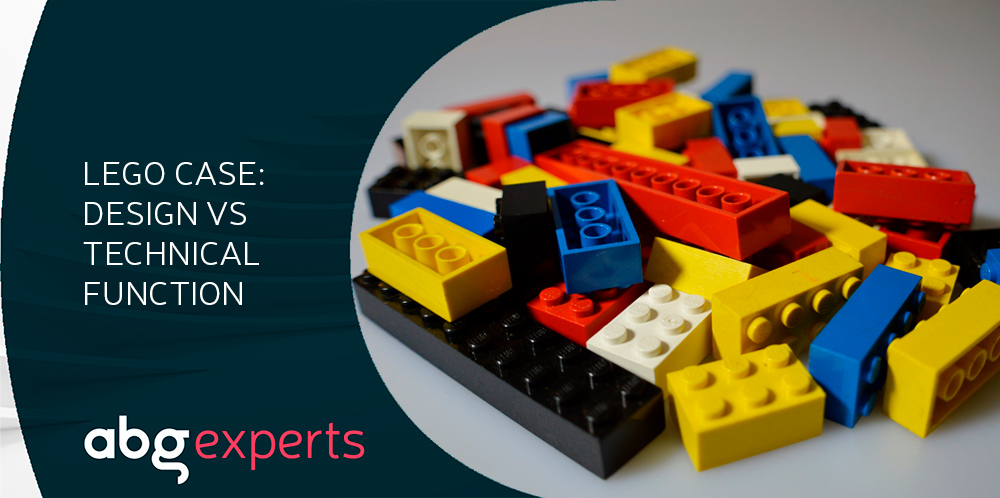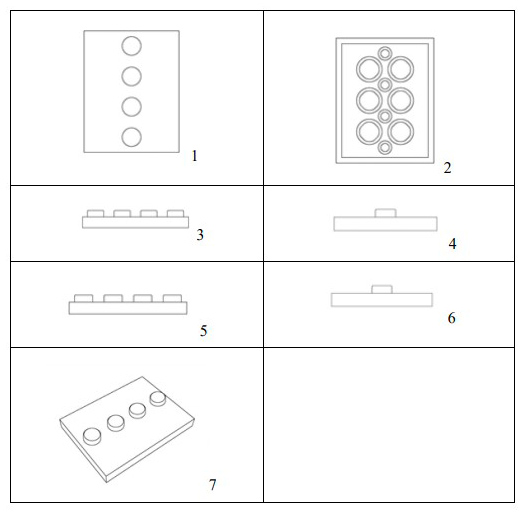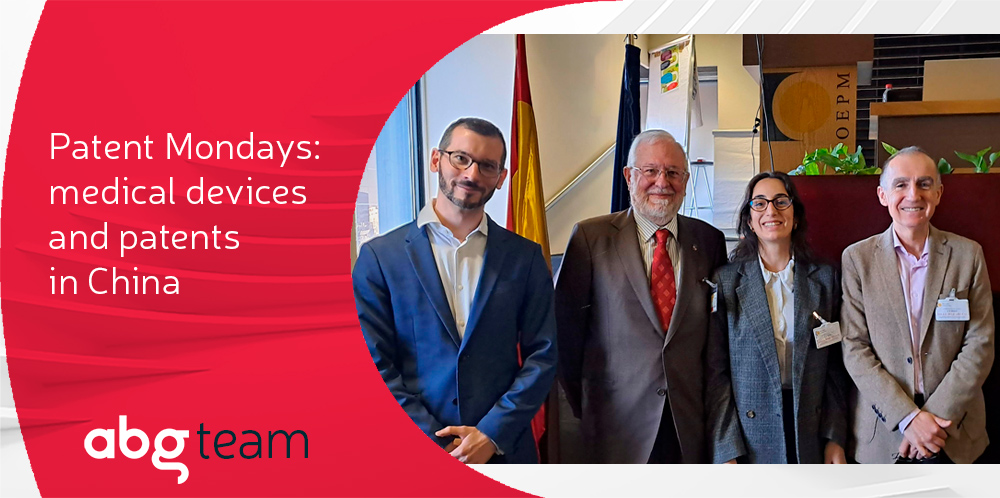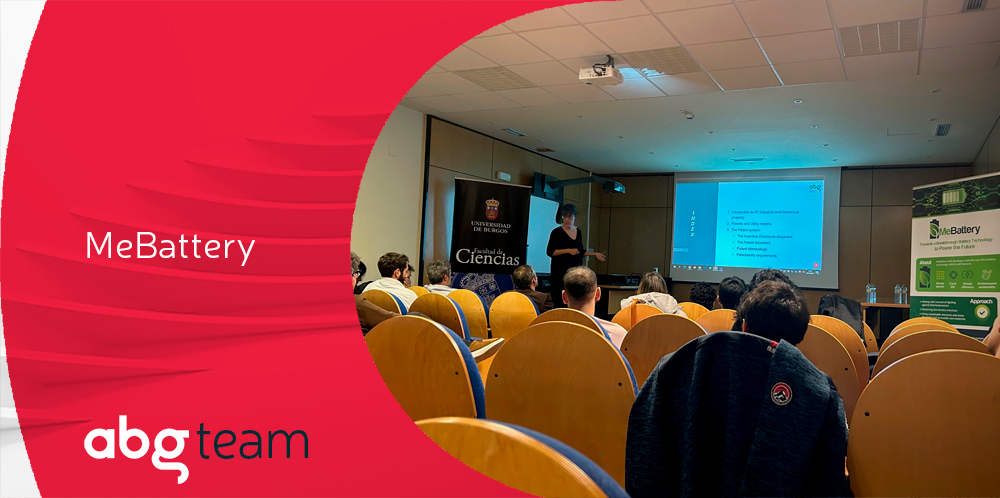There have been quite a number of cases related to industrial property which have caused the Danish toy company Lego to end up in European courts. In the latest case, in which Lego faced German toymaker Delta Sport Handelskontor GmbH, the General Court of the European Union (GCEU) recently handed down its judgement.
Unlike the three previous cases in which the matter in dispute involved trademarks, the proceedings in this case were initiated on the basis of designs. As we will see, however, the relation of both types of protection with their technical function is made known in all of the cases, this being a matter in which limits are defined based on the case law that this recent judgment is already a part of.
Background: registration of a block design
In 2010, Lego A/S registered Community design no. 001664368-0006 (Building blocks from a toy building set).
Six years later, in December 2016, the company Delta Sport Handelskontor GmbH filed an application for the declaration of invalidity of this design before the EUIPO (EU Intellectual Property Office), claiming that all the elements of its appearance are solely dictated by the technical function of the product and, for that reason, they would have to be excluded from protection because they are only used to interconnect pieces.
The Lego Megablocks Case
In their response, they also cited as a precedent the judgment of the Court of Justice of the EU in which Lego was also a party (judgment of the CJEU of 14/09/2010, C-48/09 P), although in this case it relates to trademarks.
At that time, the toy multinational had registered a red building block as a three-dimensional sign and the Court of Justice of the EU, with headquarters in Luxembourg, ruled that Lego’s interlocking bricks cannot be distinguished from other similar blocks and, moreover, its features were determined by its technical function.
In the case analysed in this article, Lego rejected Delta’s arguments, stating that the cited precedent related to trademarks and that some features of the design, although functional, could vary significantly with regards to size.
The Office, at first instance, dismissed the application for the declaration of invalidity, explaining that the technical function of the Community design claimed by Delta was not the only factor that gave the Community design its appearance and that there were other elements, such as the rectangular shape, the round shape of the studs and their position.
After this ruling, Delta filed an appeal with the Board of Appeal of the EUIPO, which upheld it and found Lego’s design to be invalid since it only comprises functional elements and, moreover, it considered the provisions set forth in the judgment of 2010 to be applicable.
Judgment of the GCEU
On 24 March 2020, the General Court of the EU (GCEU) upheld the appeal that had been filed against the ruling of the Board of Appeal of the EUIPO and it considers the design to be valid.
The GCEU analyses an exception to the prohibition on registering purely functional elements in a drawing or model and considers that the connections or mechanical fittings on modular products, such as those in question, may constitute characteristic features of these products and be a fundamental asset or an essential advantage for the marketing thereof. For this reason, they should be eligible for protection under the applicable regulations.
The key: each and every one of its features have a technical function or not
In any case, the relevance of this judgment is related to the fact that the GCEU reaffirms that for a design to be considered invalid like in the case in question, each and every one of its features must have a technical function (something that must also be proven by the applicant for the declaration of invalidity).
This same position was the one that the court took in the Doceram judgment (Case C-395/16) for a case relating to trademarks. At that time, it strictly interpreted the grounds for invalidity set forth in Article 8 of the EU Trademark Regulation and it considered that each and every one of the features of appearance of a product are exclusively dictated by their technical function, which is why the objective circumstances relevant to each case must be assessed.
In the case of Lego v. Delta, there is one aspect that the Board of Appeal did not assess and that Delta neither claimed nor proved: the fact that the block with a row of 4 studs has flat sides and this constitutes a feature of appearance of the product.
Given that, as stated, each and every one of the features must have a technical function and this feature in particular has not been assessed in the previous cases, the GCEU has not validated the decision to revoke the Community design.
This judgment also reminds us of another case involving the Rubik’s cube in 2019 (Case T‑601/17), in which the registration of three-dimensional trademarks was refused since the court considered that the respective distinctive signs (Rubik’s Cube, respectively) were not eligible for protection as trademarks since they were shapes necessary to obtain a technical result.
We might think that the aforementioned judgments, Rubik’s cube and Lego, are somewhat contradictory, but we should bear in mind that one of them relates to trademarks (Rubik) and the judgment that we are currently assessing relates to designs, both of which are governed by different regulations. Although the prohibition on registering trademarks/designs with a technical result is included in both regulations, each law entails specific requirements, functions and features.
In any event, this judgment in which the GCEU agrees with Lego allows for an appeal before the Court of Justice of the EU. It remains to be seen whether the case also makes it to this board.


